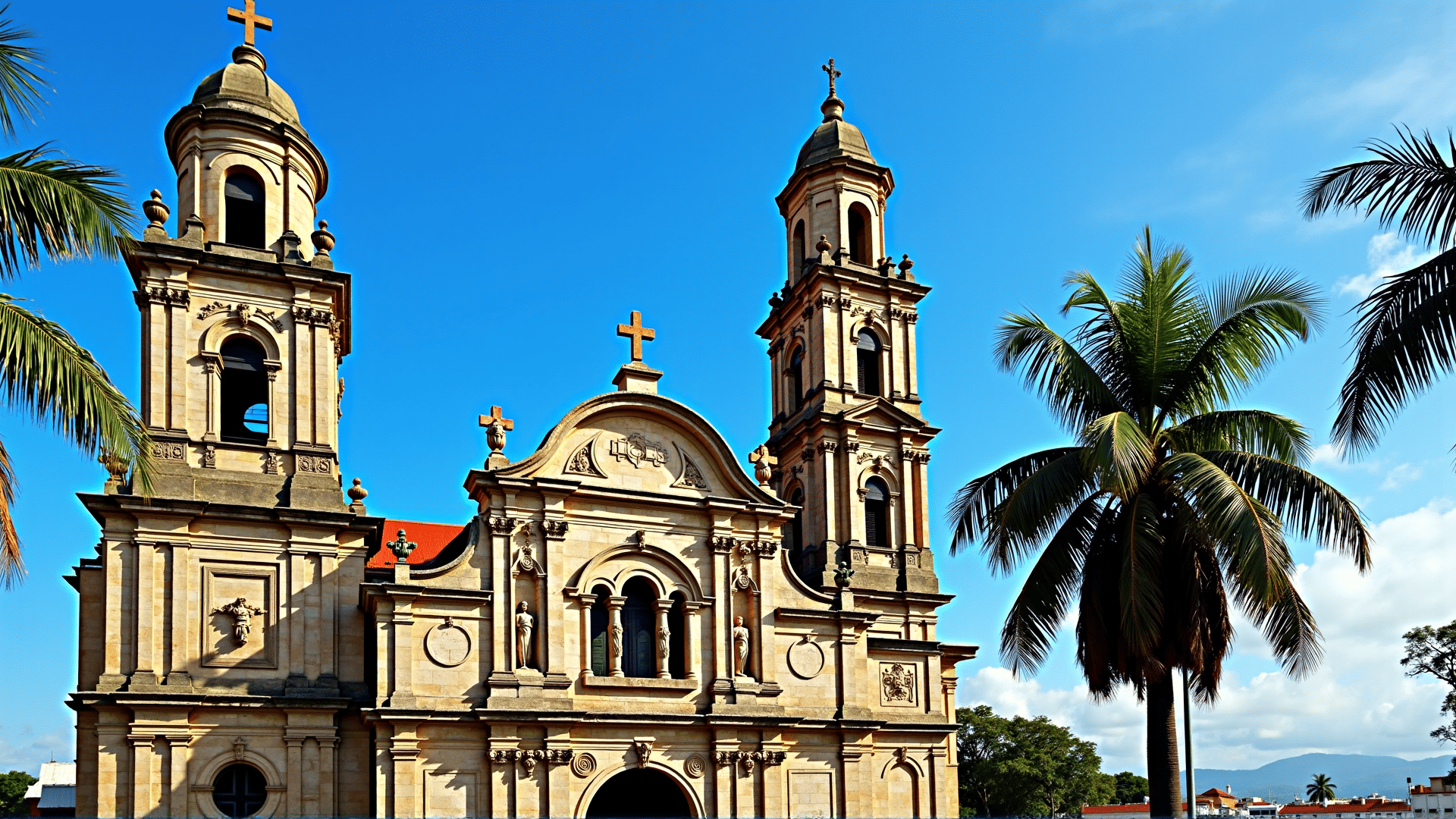Nestled in the heart of Manila, San Agustin Church stands as a beacon of history and spirituality. As the oldest stone church in the Philippines, it offers a rich tapestry of cultural heritage and architectural grandeur. This iconic structure, recognized as a UNESCO World Heritage site, is a sublime representation of Baroque architecture, drawing visitors from around the globe.
Constructed in the late 16th century, San Agustin Church has withstood the test of time, surviving numerous natural disasters and historical events. Its resilience is a testament to the dedication and skill of those who built it, and its walls echo stories of centuries past. Walking through its hallowed halls, visitors are transported back in time, gaining insights into a rich tapestry of traditions and historical narratives.
One of the church’s most striking features is its intricate façade, adorned with detailed carvings that reflect a fusion of European and Asian influences. Inside, the church is equally breathtaking. The ornate ceiling, painted to create an optical illusion of depth, showcases the artistry and creativity of the craftsmen who designed it. The elegant altar and the collection of religious artifacts further contribute to the church's timeless allure.
Beyond its architectural marvels, San Agustin Church is a symbol of the rich cultural mosaic that defines the Philippines. It serves as a sanctuary for locals and tourists alike, offering a space for reflection and a deeper understanding of the region's spiritual journey. Its role as a custodian of history is evident in its continued preservation efforts, ensuring that future generations can appreciate the legacy encapsulated within its walls.
Exploring San Agustin Church is more than just a visit to a historical site; it is an immersive experience that connects people to the very soul of the Philippines. Whether you are an avid history enthusiast, an architecture aficionado, or someone seeking a moment of peace, this remarkable church promises an enriching encounter with the past and an appreciation for the enduring spirit of the Filipino people.
